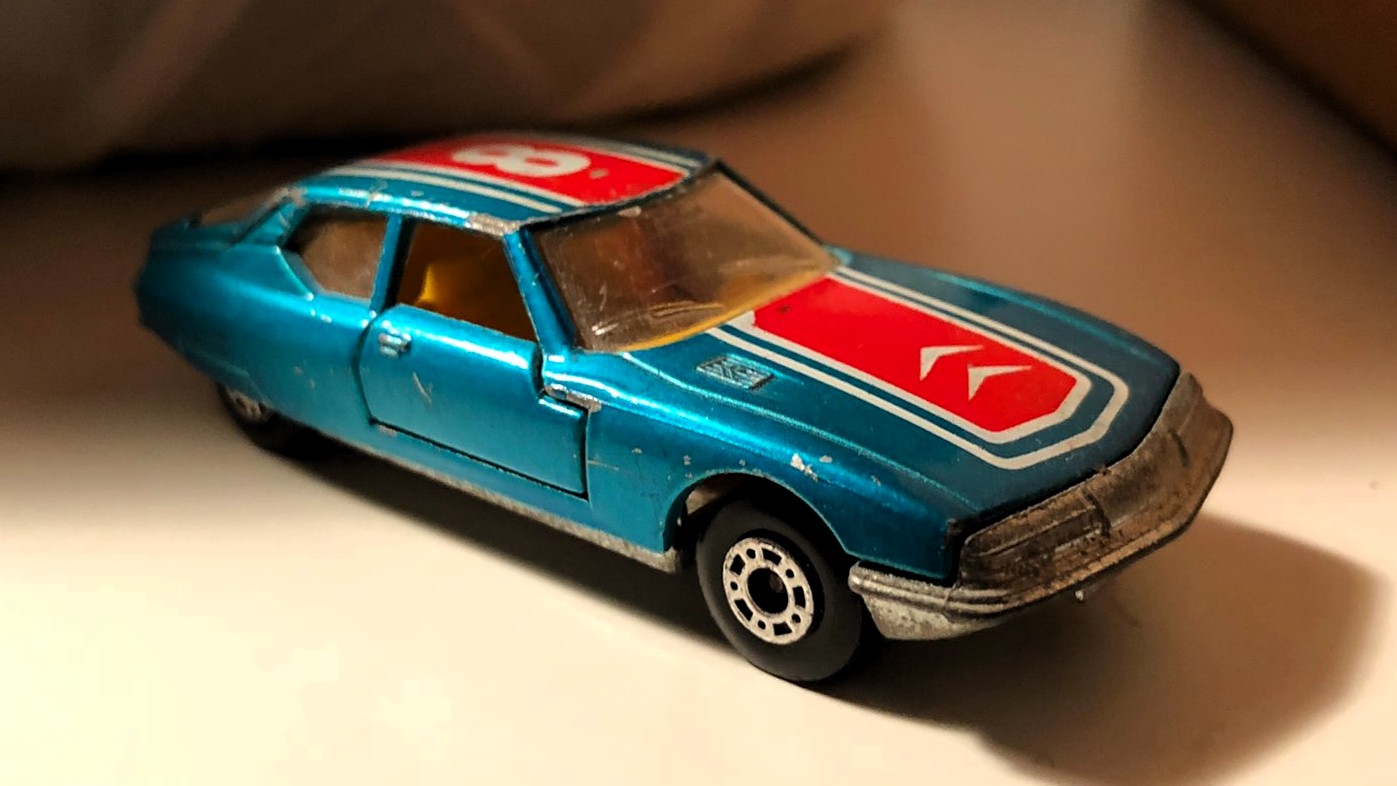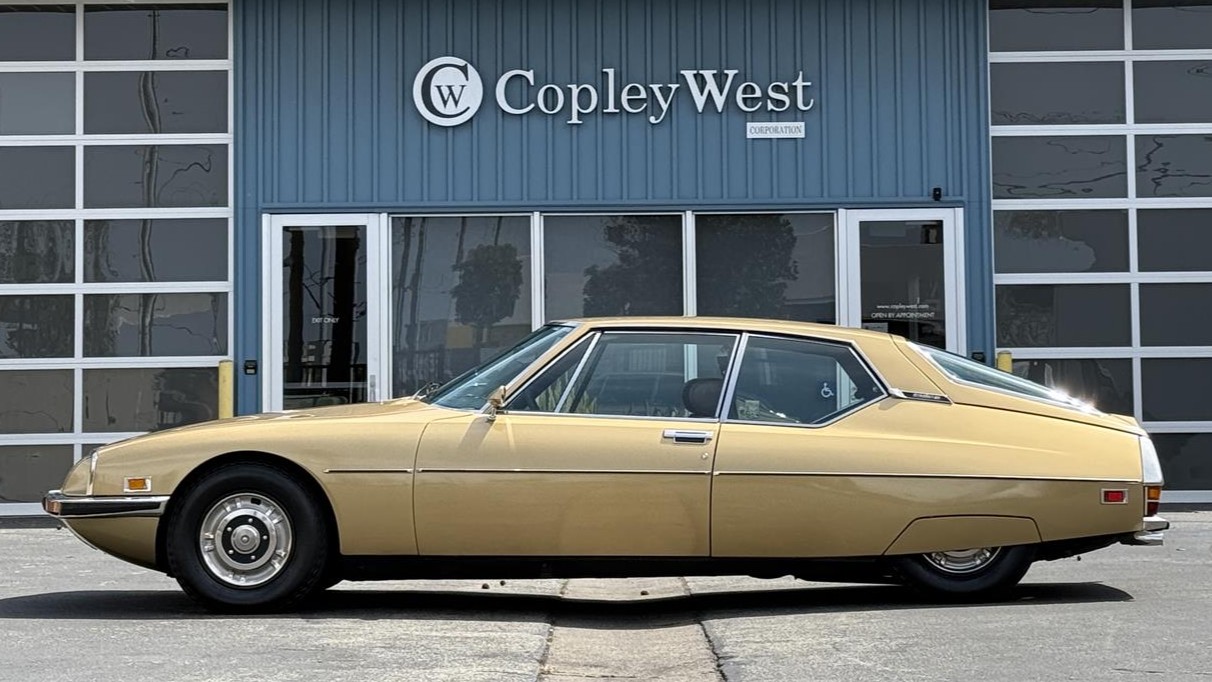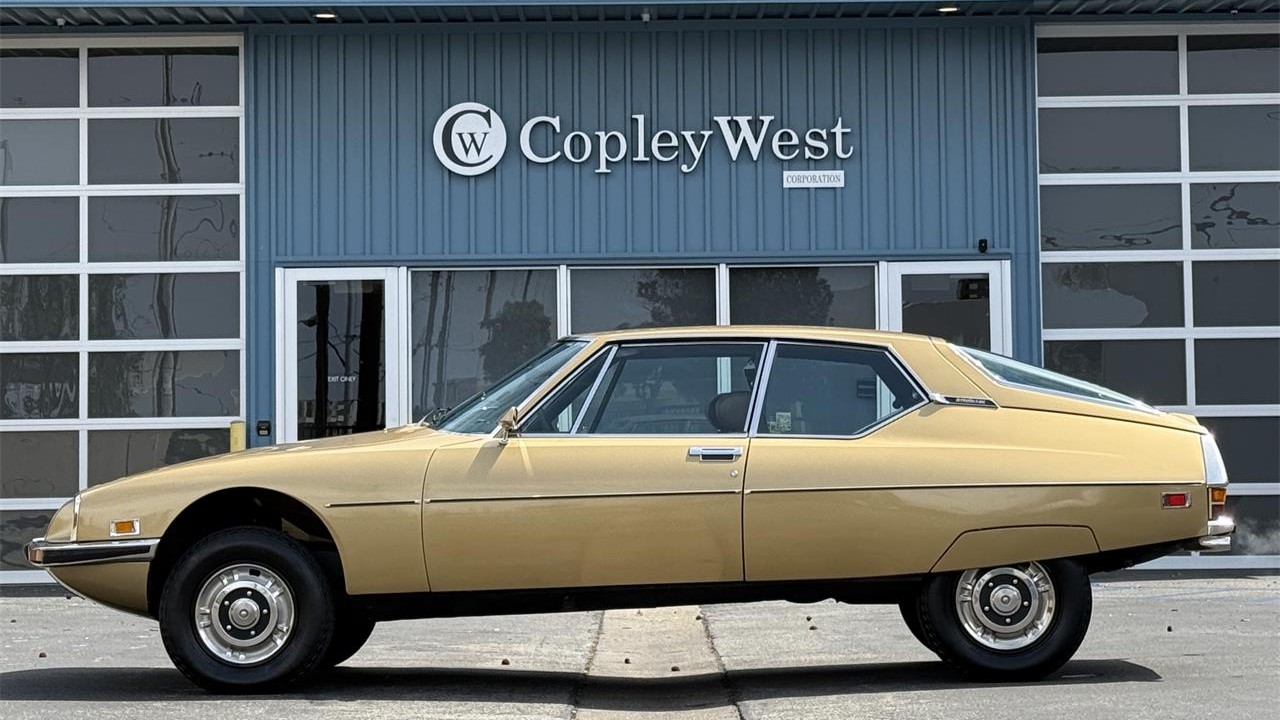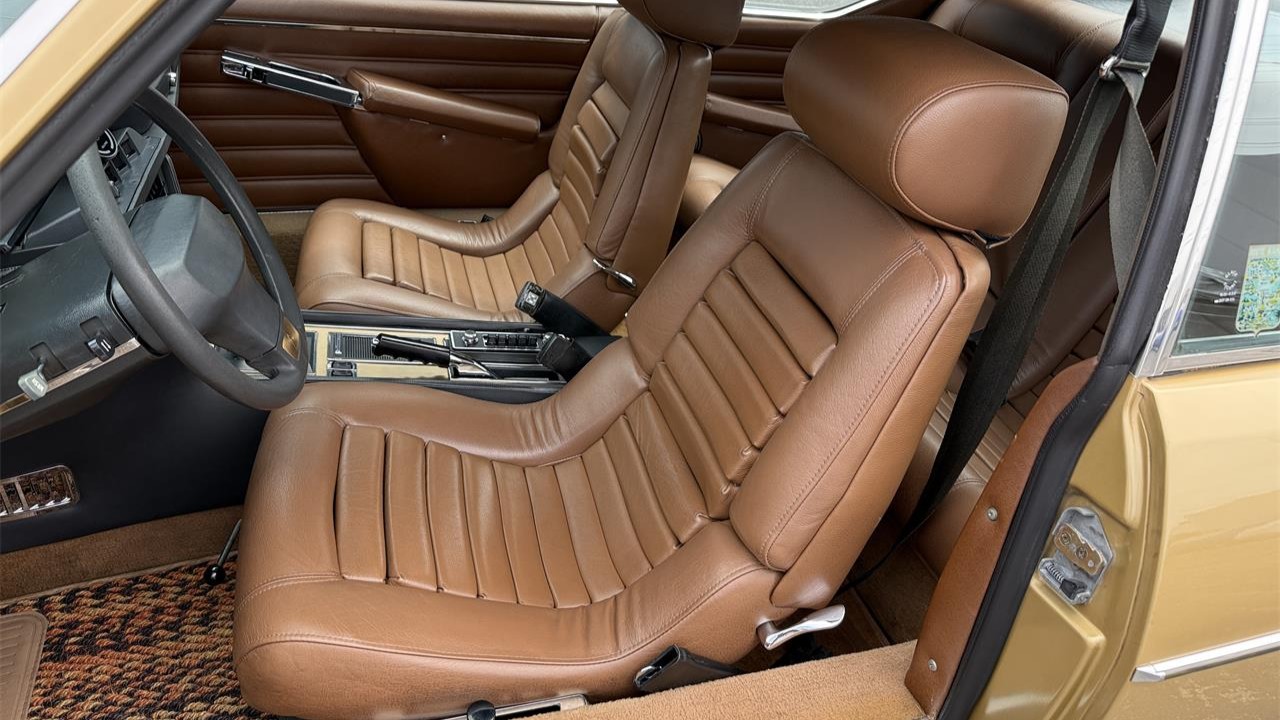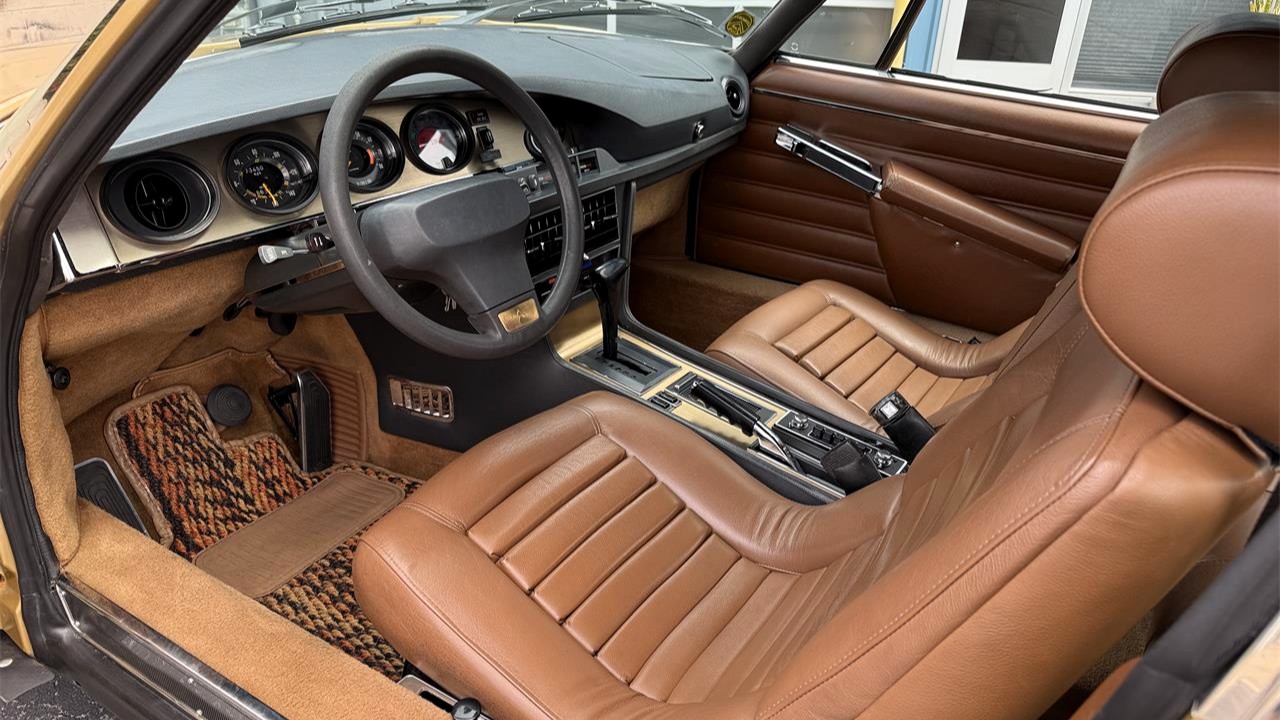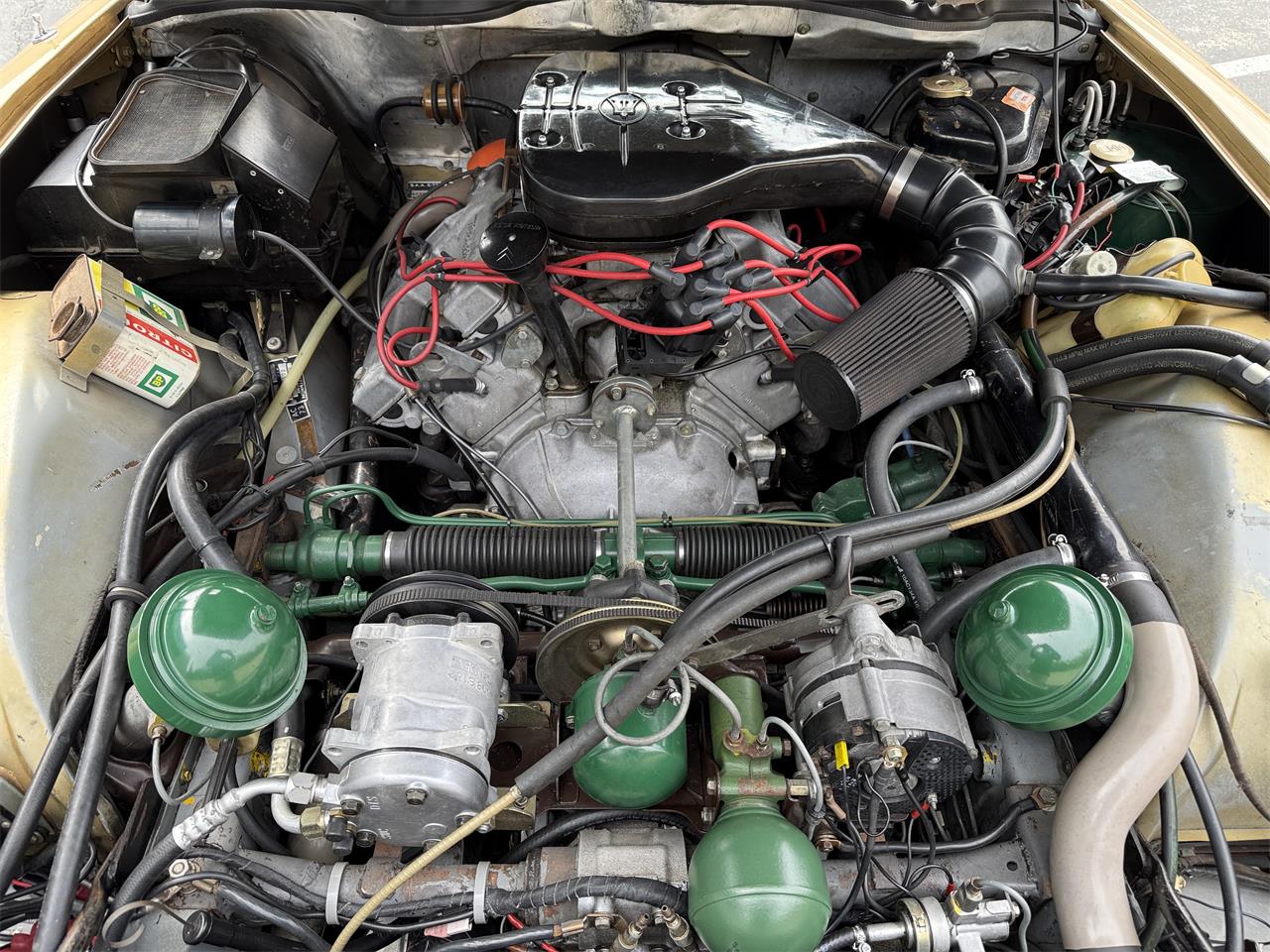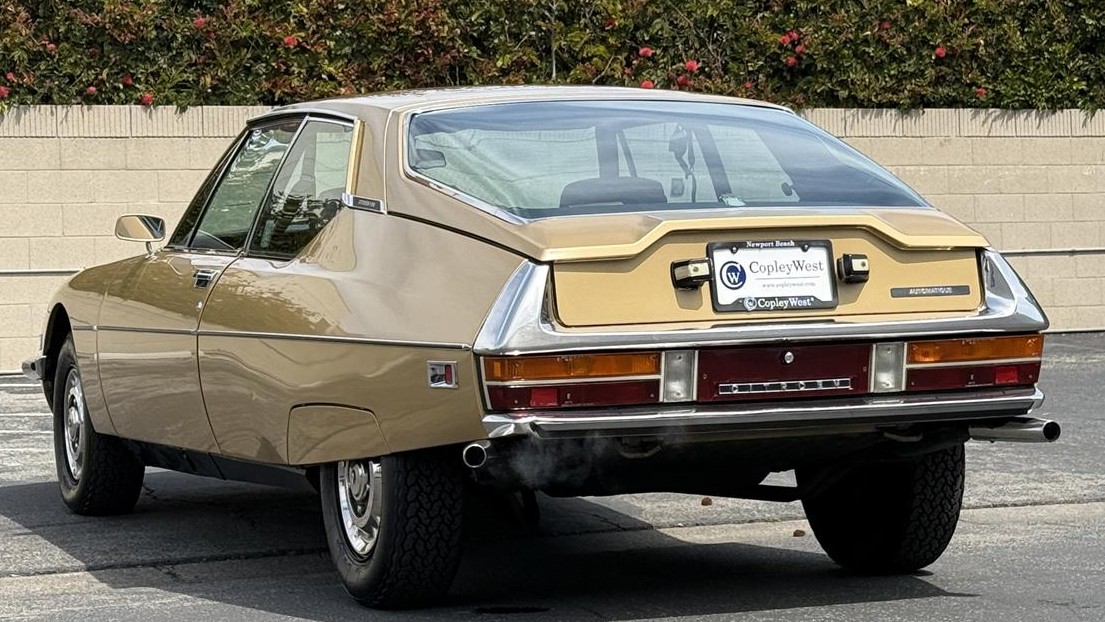Many people lump the coupe version of the Mercedes-Benz R107 series cars in with the 450SL roadsters. The two cars look the same, so they must drive and feel the same, right? Well, having driven the roadster and the coupe, I can confidently say these are very different. Both are of the absolute highest quality, but the coupe version of the SL edges the roadster just a bit. No, the top does not go down, but the addition of the permanently fixed roof, along with a more spacious cabin, makes the SLC something that feels even better than the already excellent SL.
The SL’s feeling of solidity is somehow magnified in the coupe, and when you combine that with the extra space in the coupe (providing more legroom and headroom), it adds up to the 450SLC being one of the absolute finest sporting GT cars ever built. Sure, the SEC car that replaced it is also world-class, but the coupe feels like a much bigger car than the SLC. That replacement also loses a bit of its classic styling, which has been why I have always preferred the SLC to the SEC.

Featured on AutoHunter is one of these amazing cars, a 1976 Mercedes-Benz 450SLC. The car is offered by a private seller in Fort Worth, Texas, and the auction will for this car will end Thursday, July 17, 2025, at 12:00 p.m. (PDT).
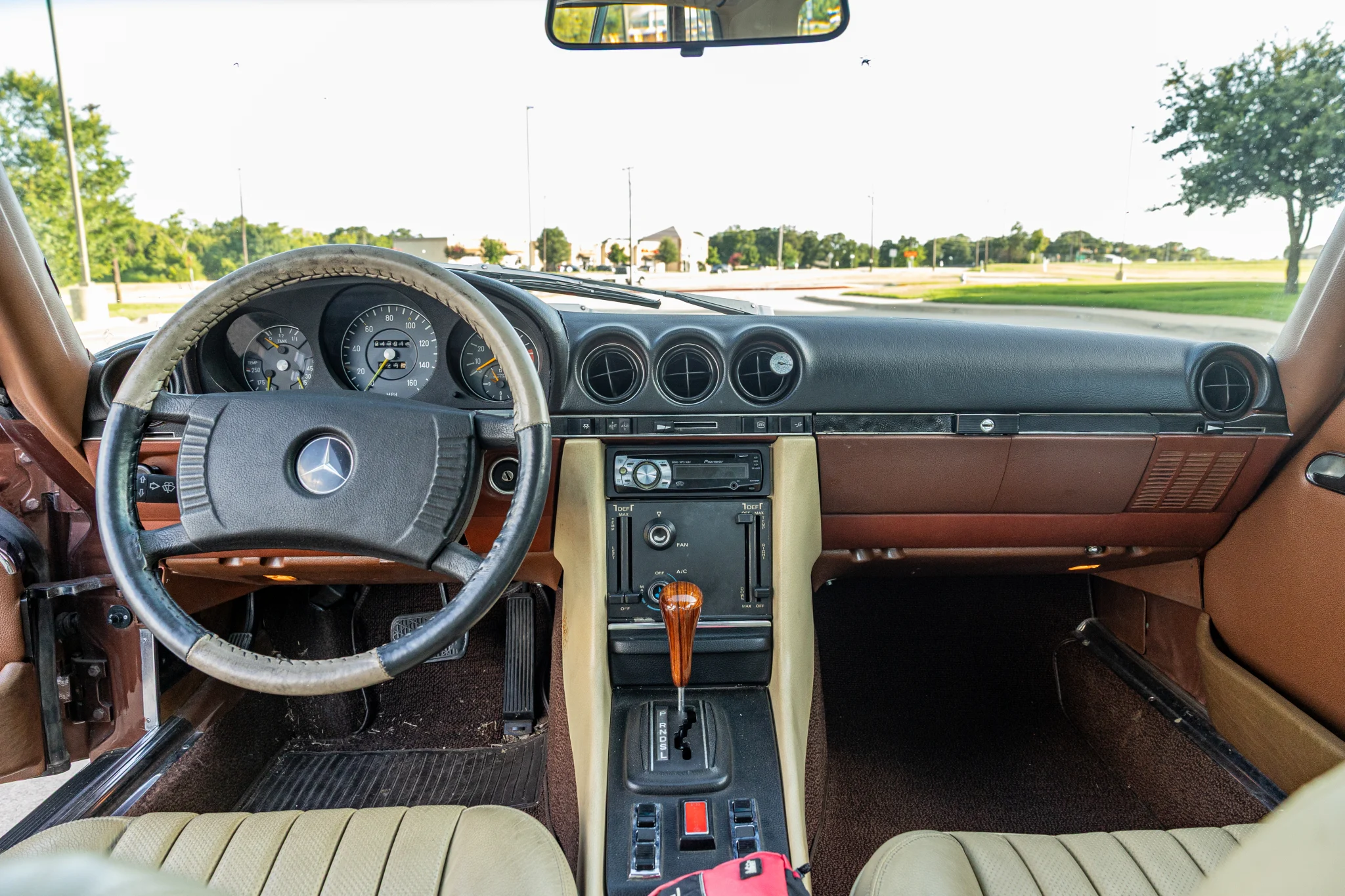
The seller describes this 450SLC as being powered by a rebuilt M117 4.5L V8 mated to a three-speed automatic transmission. This W107, finished in its very 1970s Milan Brown over a Cream leather interior, is being offered by the seller with service records and a clear title.
The seller states this SLC has had $103,000 invested in it over the years. Most recently, the engine was rebuilt, and the front suspension and brake system were completely redone.
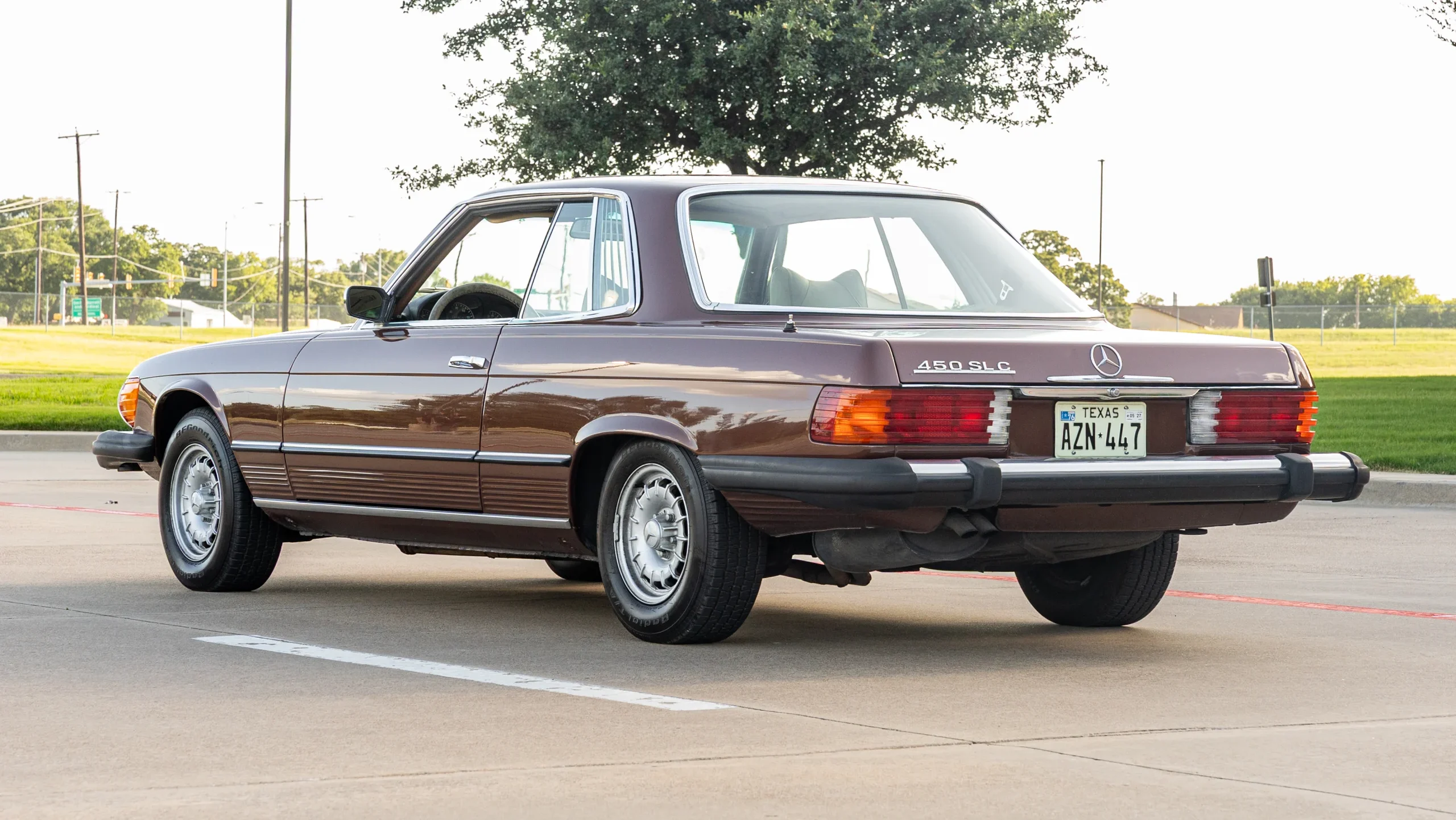
The exterior of the car looks to be in very good shape, with only a few minor scratches and tiny dings present. The Milan Brown paint seems in excellent condition overall.
The interior features the original Parchment leather, which appears to be in great shape. The carpets, door cards and dash all look to be in excellent condition as well. The only departures from original are a leather wrap for the steering wheel and a modern radio.
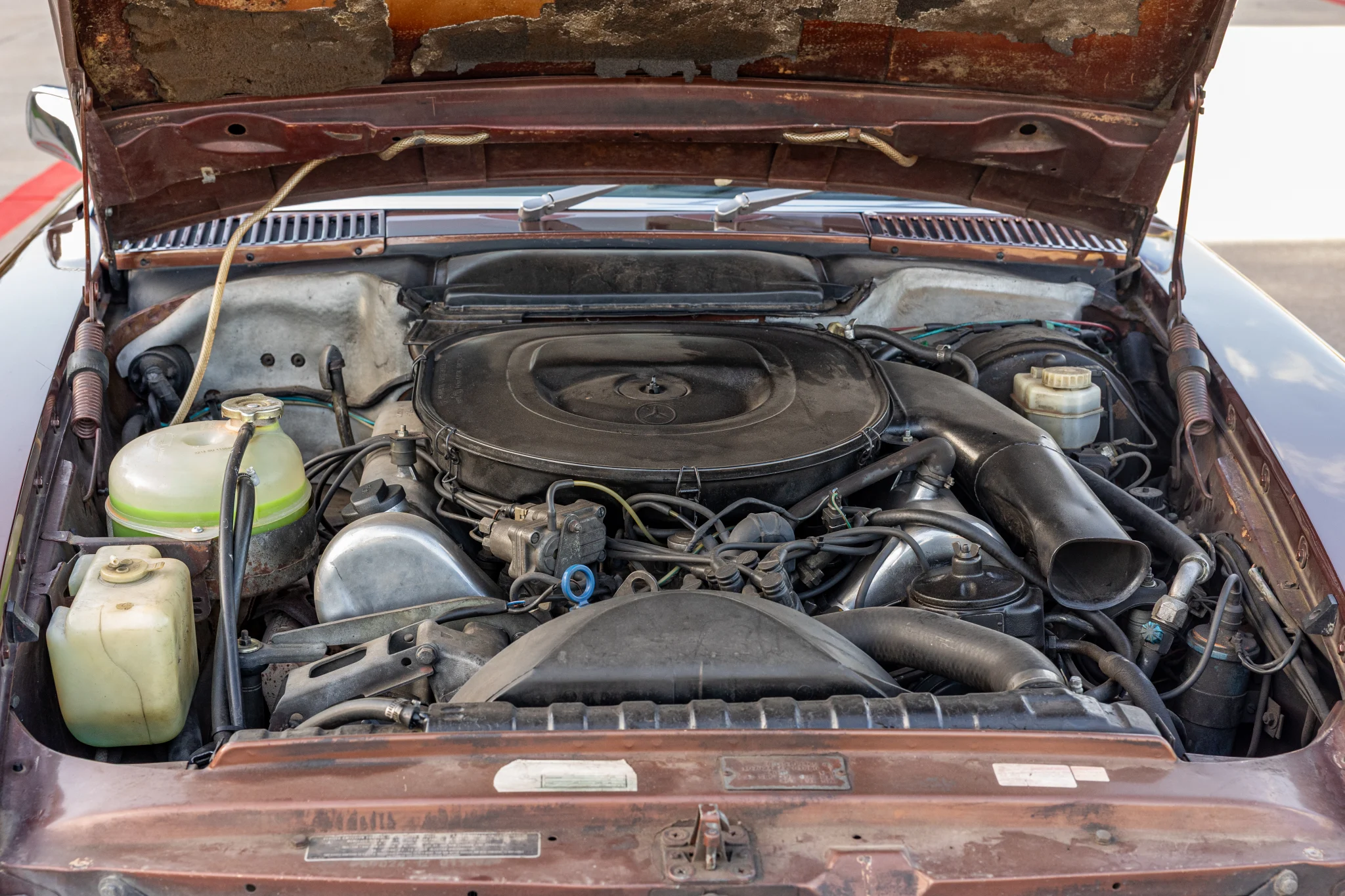
Lifting the hood does not show anything alarming, though the car is due for a detailing and, when doing that, I would also recommend replacing the under-hood pad.
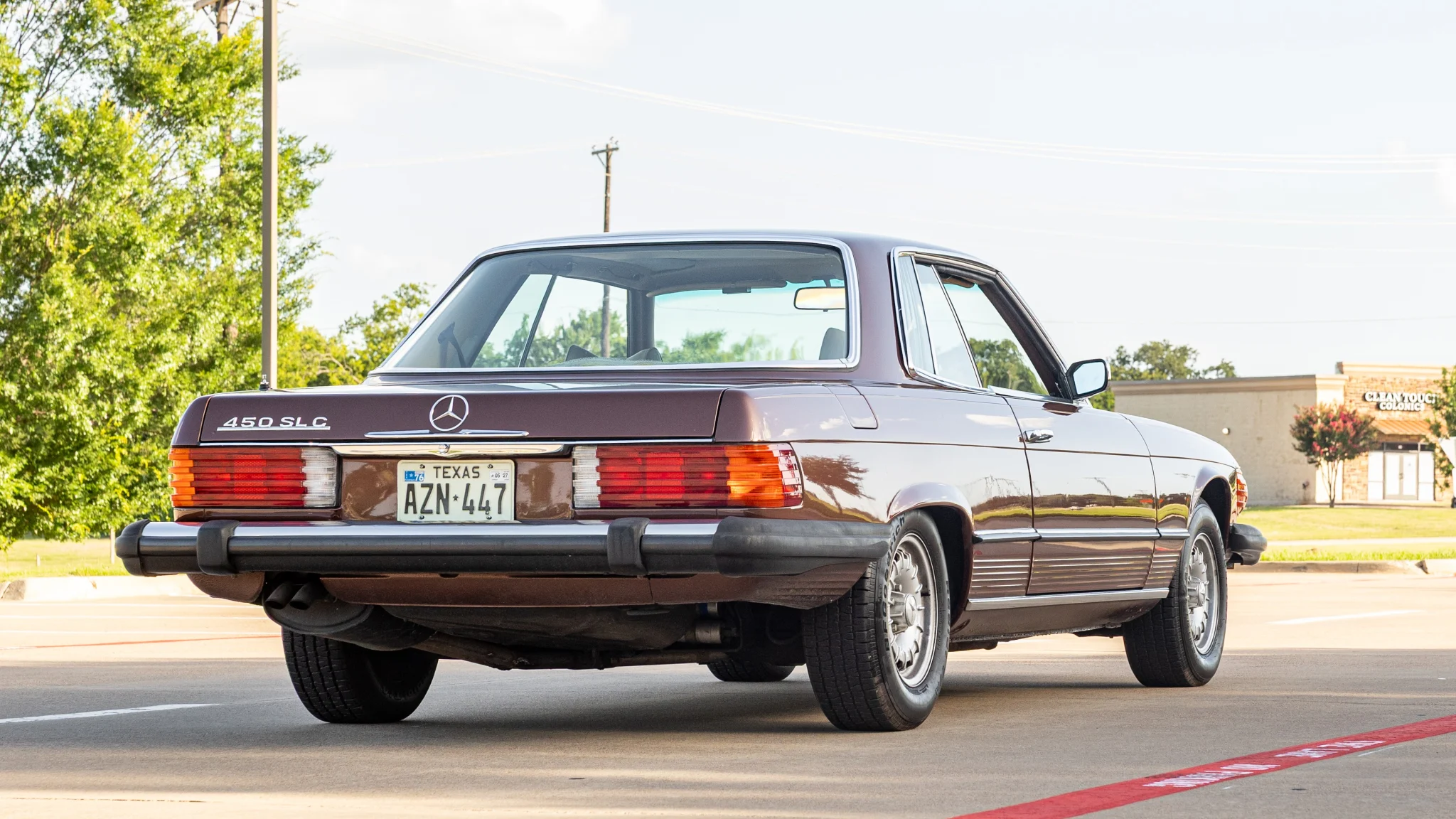
While Mercedes SLC cars have been underappreciated by collectors for a very long time, younger collectors seem to have figured out what the SLC is about and, and as a result, prices are now slowly creeping up. When new, these were the most expensive new Mercedes-Benz cars you could buy, costing $26,000 in 1976. For now, they remain relative bargains, but good examples—as this one appears to be—are difficult to find.
The auction for this 1976 Mercedes-Benz 450SLC ends on Thursday, July 17, 2025, at 12:00 p.m. (PDT).
Visit the AutoHunter listing for more information and a photo gallery

